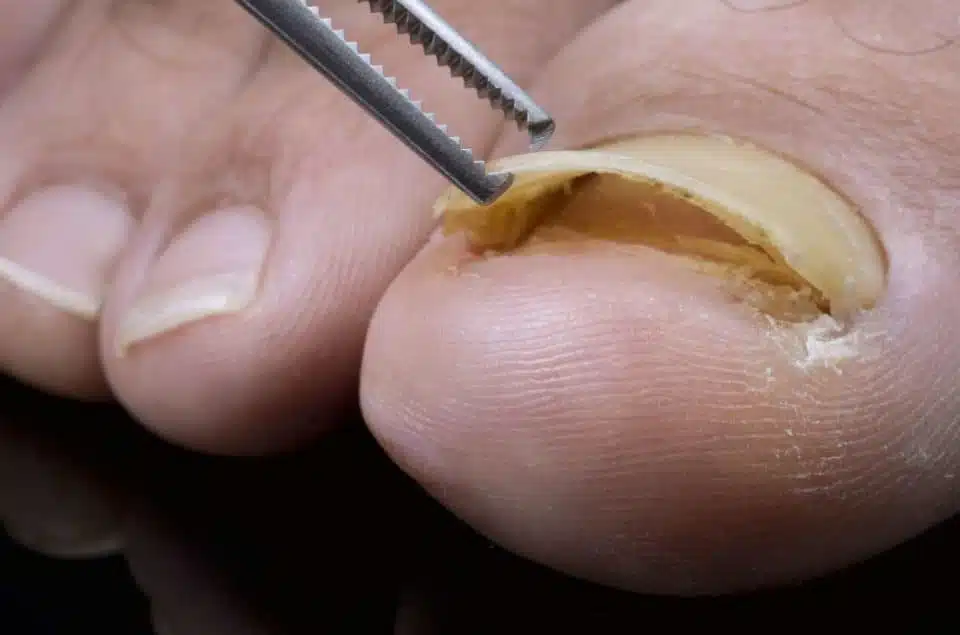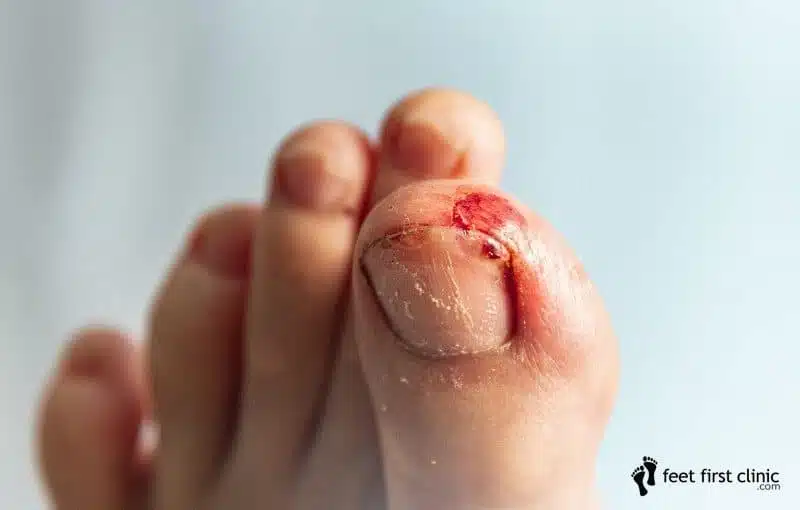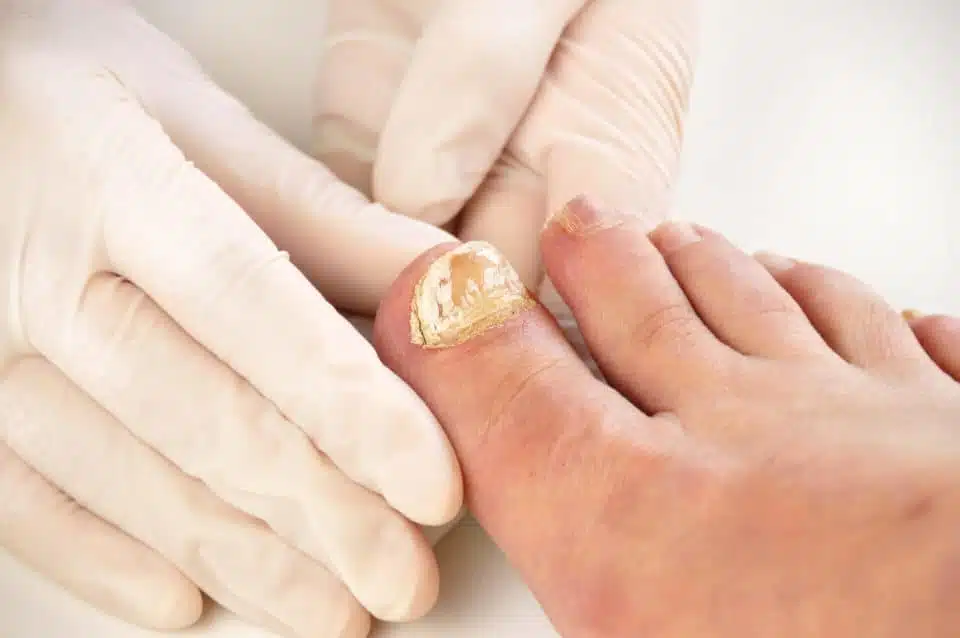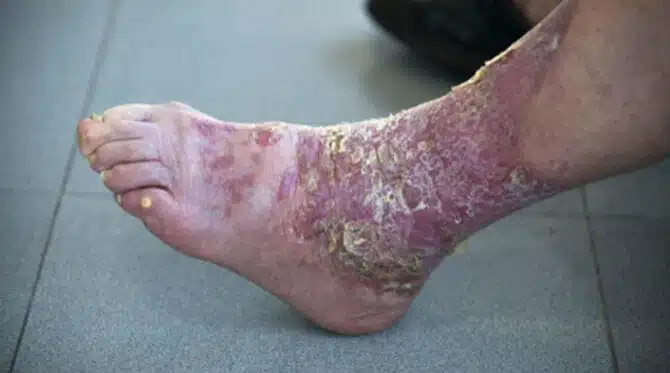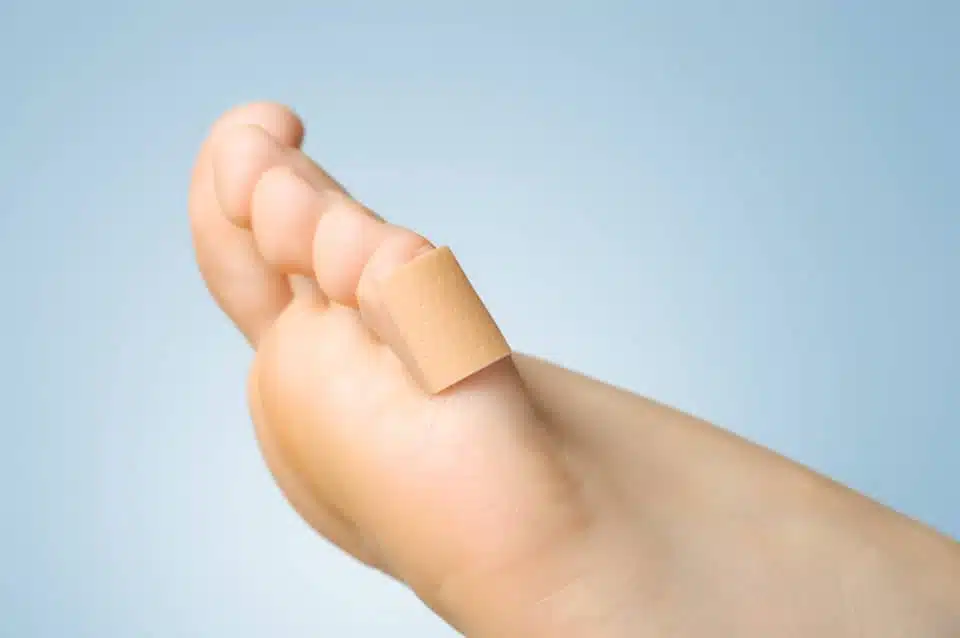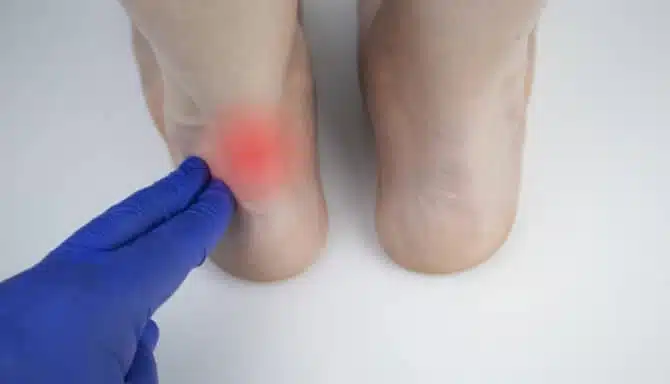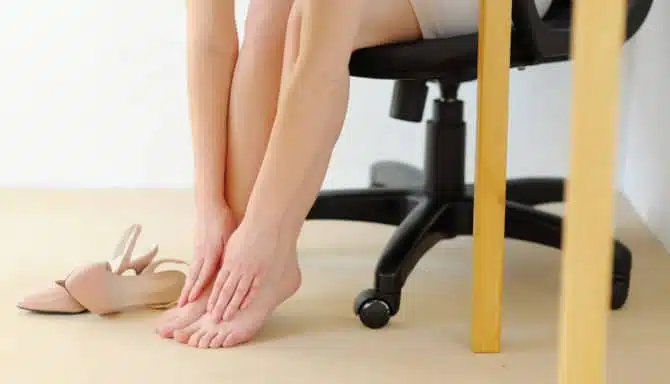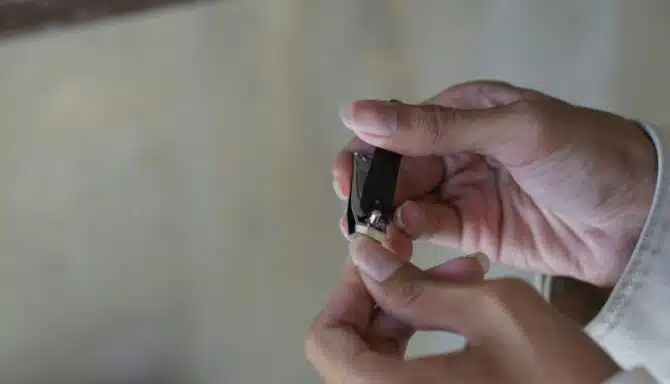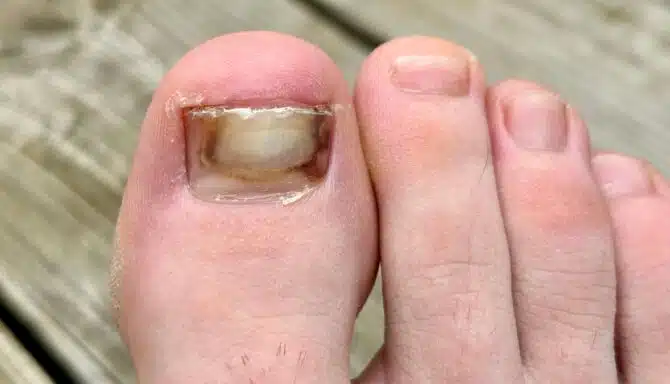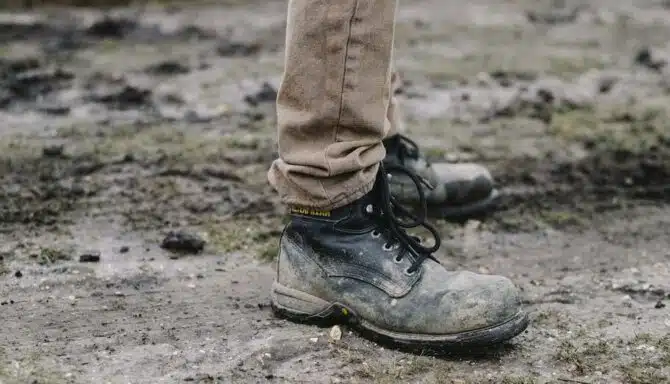Yikes! It can be downright scary when one of your toenails starts falling off- especially if it comes with discoloration or puss. But rest assured, a falling toenail is more common than you think. Read on to discover ways to treat and heal a broken toenail.
Why is my toenail falling off?
The first step in treating your lifted nail is to find out why this is happening. Here are a few possibilities and how to treat these causes.
1. Injury
Have you stubbed your toe recently? Or dropped something heavy on it? Maybe you’ve taken up long distance running? After an injury, blood can collect under the toenail, creating a dark blue-black spot on the nail known as a subungual hematoma. These bruises are also common with runners who wear ill fitting shoes, due to their toes repeatedly hitting the inside of the shoe over time. Regardless of cause, this collection of blood can cause your nail to lift out of its bed, and eventually fall off.
Treatment: While the nail is still partially attached, soak your foot in cold water for 20 minutes a day. You could also wrap an adhesive bandage around it to prevent infection and protect the nail from catching on something and tearing off (the toenail will fall off naturally on its own). To relieve pressure, you can also elevate the foot or take an anti-inflammatory medication, like Ibuprofen. Make sure you are also wearing properly fitting running shoes for every run. You may also want to If your dark spot covers more than a quarter of your nail, you may need to see a chiropodist to have the hematoma drained.
2. Fungus
Have you noticed any white or yellowish discolouration on your toenails? What about thickening nails or pus? You may have a fungus growing between your nail bed and your nail, causing your nail to lift and fall off. Fungus in the nail is called onychomycosis. There are a variety of different fungi that can affect your toenail, but a common one is dermatophytes, which can be picked up from locker rooms, swimming pools, and other moist, barefoot areas. If you have diabetes, you may be more prone to fungal infections due to poor circulation. Fungal infections can also lead to serious complications for people with diabetes.
Treatment: While some fungi can clear up on their own, they tend to be very persistent, especially toenail fungus. You can try applying a topical antifungal cream to your toe and nail bed; however, the nail itself often prevents antifungal cream from reaching the actual fungus behind the nail. It’s a good idea to see a chiropodist to for fungal testing and further treatment if your symptoms persist. A chiropodist can safely debride the nail and apply a prescription-strength antifungal medication directly to the fungus underneath the nail. Click here to learn more about how a chiropodist can help treat fungal treatments.
In the meantime, keep your foot dry, change your socks often, and wear breathable shoes and footwear to allow fresh air to access the nail and prevent moisture buildup (fungus thrives in moist environments).
3. Psoriasis
Psoriasis is an autoimmune disease that causes a build up of skin cells to form red, scaly spots, know as plaques. It’s a chronic condition where the immune system starts attacking healthy cells, creating flare up. Psoriasis can cause pitting and weakening of the nail. If a plaque forms under your toenail, that build up of cells can push the damaged nail off.
Treatment: As tempting as it is, do not try to remove the cell build up under your nail. Any plaque removal is delicate and needs to be handled by a professional, like a dermatologist or chiropodist. Chiropodists can also help with psoriasis by removing any dead skin and soothing inflammation on the feet and toes. While you’re at home, try soaking your feet in warm water daily, then follow up with a good moisturizer to keep your feet hydrated. Everydayhealth.com recommends looking for thicker moisturizers that contain a lot of emollients; try to avoid lightweight moisturizers. If you’re in need a recommendation, check out our favourite moisturizers here.
What can I do about my falling toenail?
As a general rule of thumb, try to keep all remaining nail edges smooth and cut short, as well ensure any exposed part of the nail bed is clean. While your toenail is falling off but still attached, you should also put a bandage over the toenail to prevent infection. This will also prevent anything catching on the toenail and ripping it off as you go about your day.
Once the nail does fall off, put a bandage on the fresh nail bed until the skin hardens – about 7 to 10 days. Biotin supplements can also help speed up the regrowth, as biotin is filled with amino acids that help nails grow. Most importantly, try not to stress. If your toenail falls off, it will likely grow back within 6 months to 2 years. Click here to learn more about toenail grown and what will happen when your toenails grow back.
If your toenail becomes painful, grows back ingrown, or shows signs of infection, it’s best to book an appointment with a chiropodist to ensure the nail grows back healthy and infection-free.
